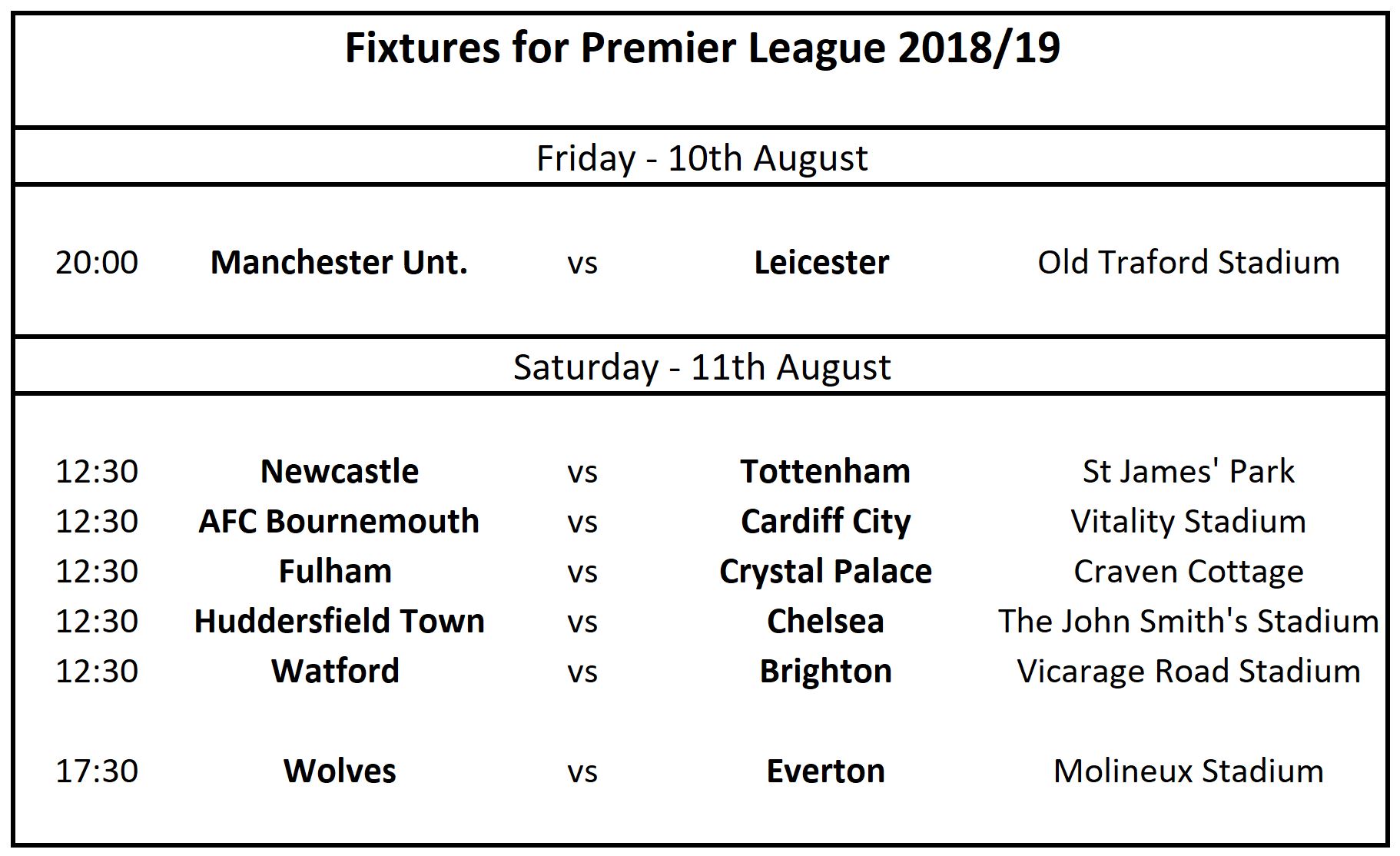Sports scheduling is a research area that has received significant interest over the past thirty years. Strategic thinking is vital when generating a sport schedule, as it has a great impact on its stakeholders, namely: club owners, technical staff and players, television broadcasters and the supporters. Automated sport scheduling achieves greater revenues as opposed to generating a schedule manually. This is due to better allocation of resources, highly anticipated matches being broadcast at more advantageous times, with a strong relationship being maintained between the sports association and the supporters due to favourable times.
The nature of any schedule is determined by hard and soft constraints. Hard constraints are conditions that must be satisfied, such as league regulations and TV broadcasting contracts. Soft constraints focus on expectations of supporters, players, and technical staff. A schedule must meet all hard constraints and as many soft constraints as possible. Some examples of these constraints include venue availability, dates and times, and the travelling team problem.
Prior to developing a solution, a study regarding different types of scheduling algorithms for sports leagues ‒ both professional and amateur ‒ was conducted to clearly identify the requirements of the system. Interviews with experts within the domain were held to further investigate how sports tournaments schedules are done in Malta. On the basis of the findings, prototypes and models were created before progressing to the development stage. This led to the development of an ASP.Net Core MVC Web Application, which allows the user to manage all necessary data. Constraint programming algorithms were used to develop the schedule. The system was evaluated by using and comparing results from two different algorithms, and official fixtures created for previous years. The main focus was to obtain a reduction in the time taken to create the fixtures and distance travelled, in order to handle hard constraints as efficiently as possible and, similarly, to increase the level of satisfaction in terms of soft constraints.


Course: B.Sc. IT (Hons.) Computing and Business
Supervisor: Mr Tony Spiteri Staines
Co-supervisor: Dr Peter Xuereb
